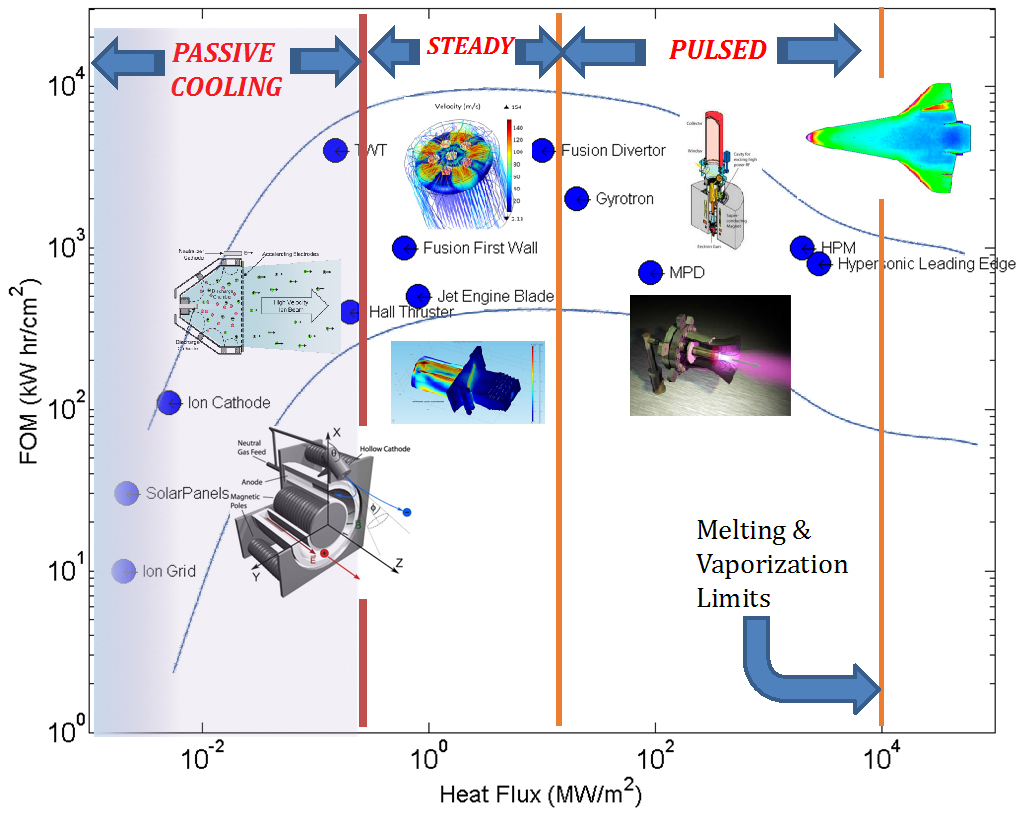
Material Degradation in Severe Environments (e.g. Nuclear, Fusion, Space, etc.)
Researcher: Prof. Nasr Ghoniem
Description
Materials in severe environments, such as those designed to work in nuclear reactors, rocket engines, space vehicles, supersonic aircraft, in deep oceans, high temperature, etc. take so much punishment that their service life is usually short, and failures result in catastrophic consequences. Moreover, since such applications are so harsh, testing of materials and components can be prohibitively expensive, and sometimes even not possible. Multiscale-Multiphysics computer simulations come in as a handy tool to develop materials by simulation and optimization first before the component is ever built! This can result in significant savings of time, money, and resources, because only critical tests are needed after the computer design and optimization process has taken place. One of the most challenging areas of research in Professor Ghoniem’s lab is the development of special materials that are more resilient when they operate in a radiation environment (thermal by photons, energietic neutron, ion, electron, or plasma particles). A measure of this resilience is how much energy flux the material receives before it falls apart. This is a strong function of the incident power flux on its surface, as can be shown below.

